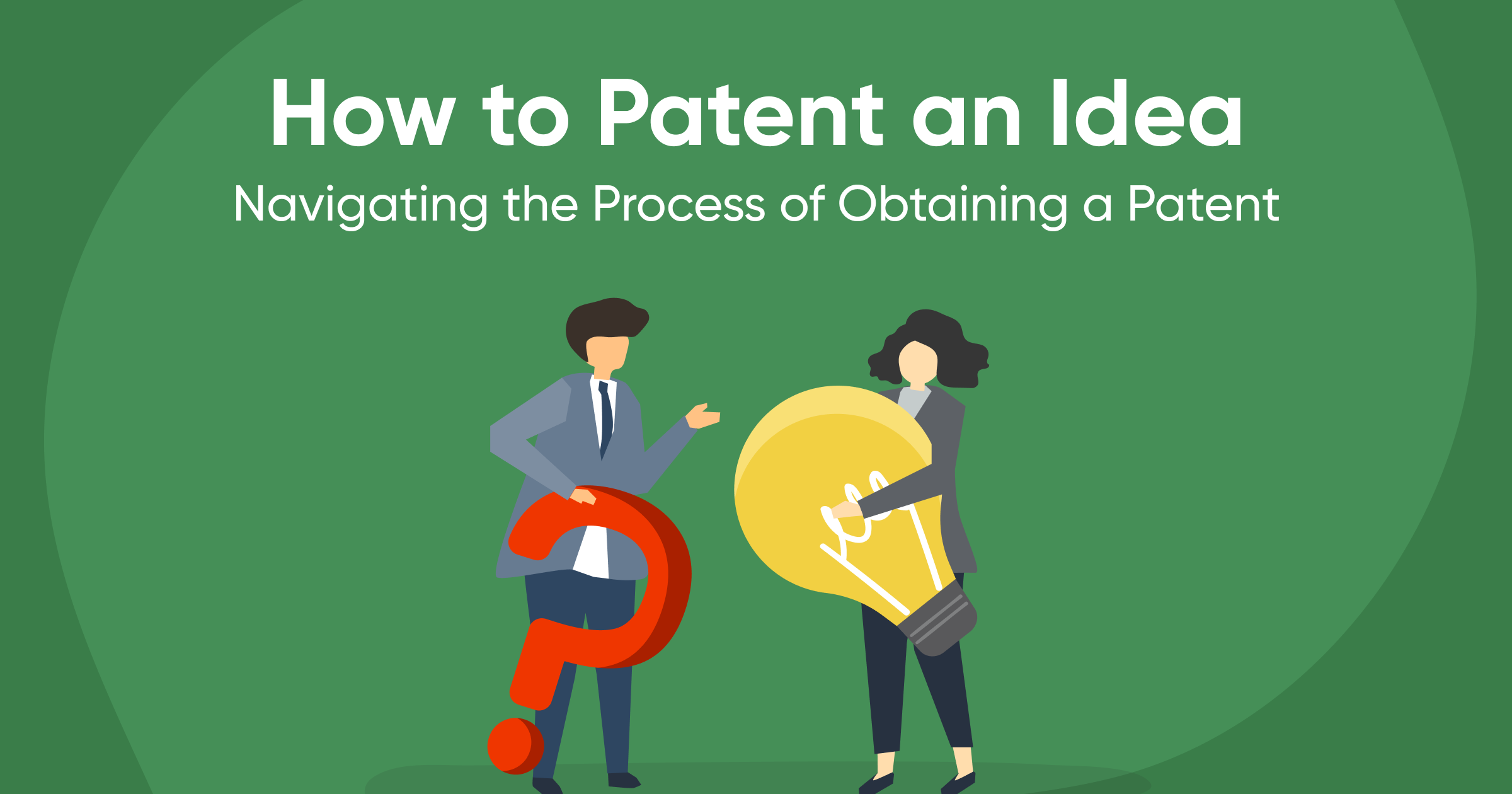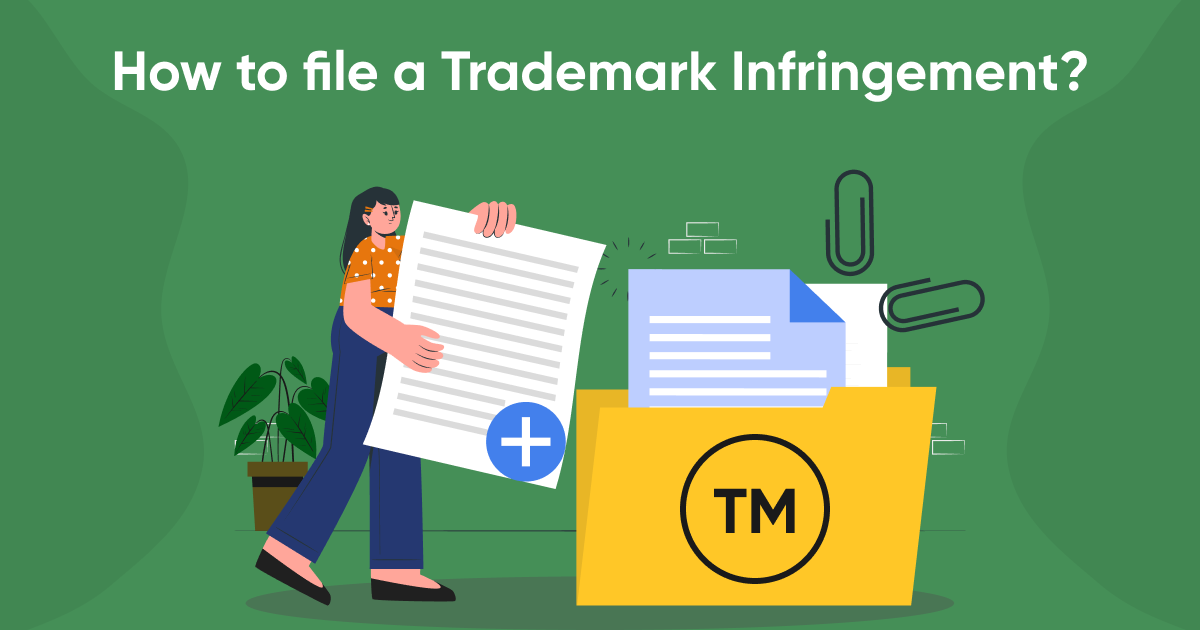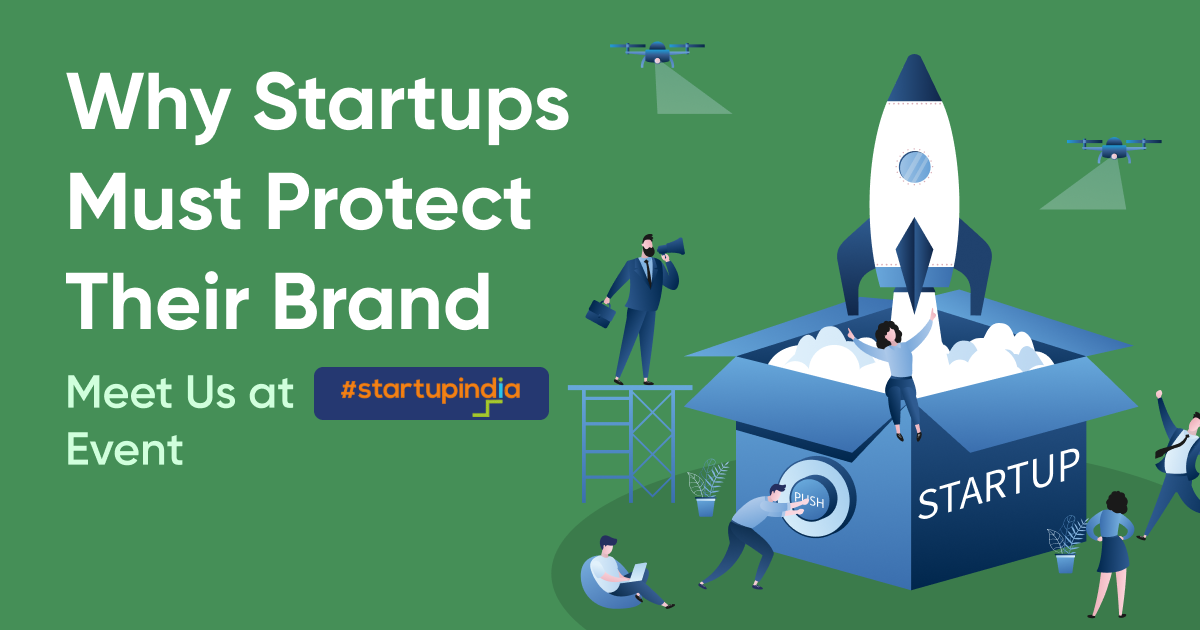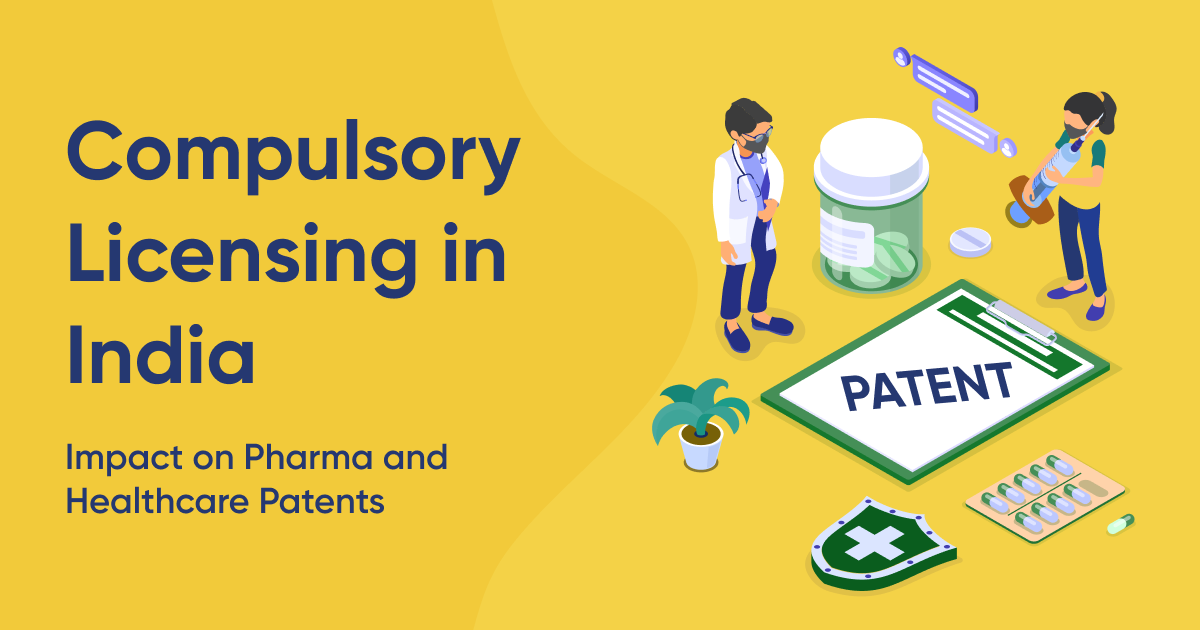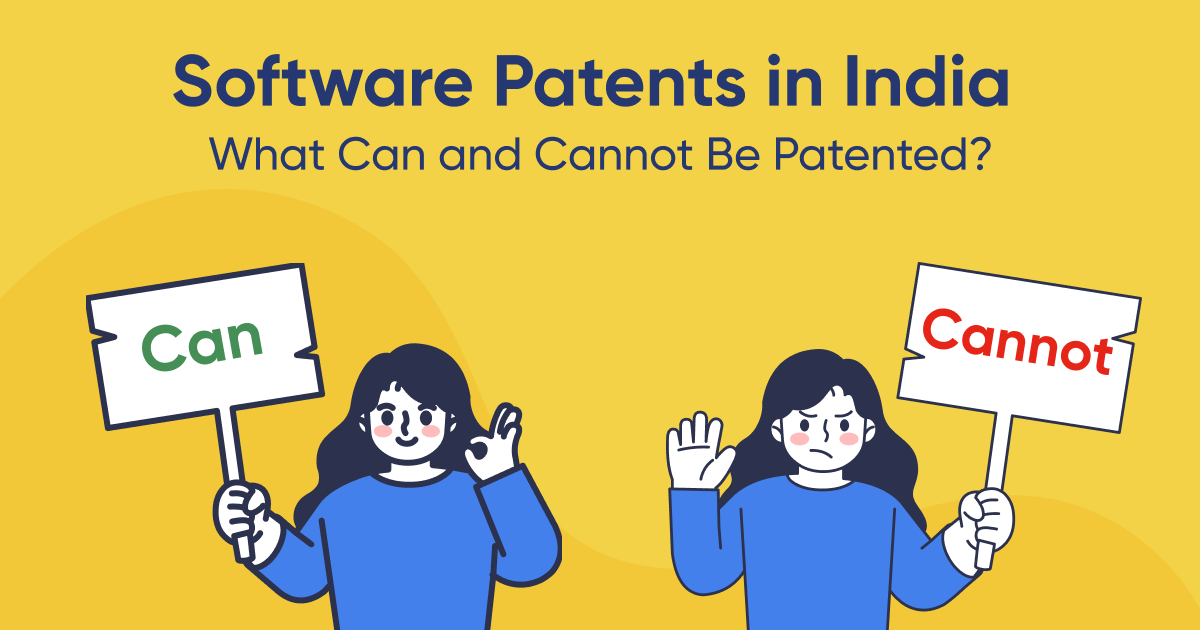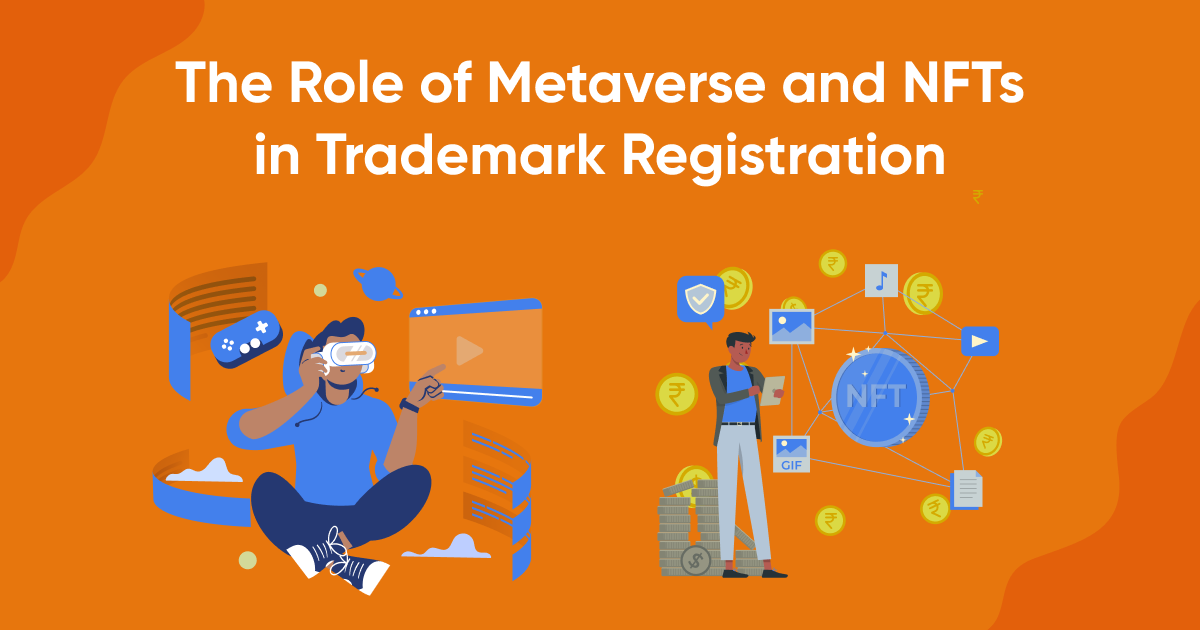Have you dreamt up a revolutionary product or a never-before-seen process? Congratulations! The next logical step might be to secure a patent and protect your intellectual property. But before diving headfirst into the world of patent applications, it's crucial to understand the key criteria determining whether your idea qualifies for patent protection.
This blog post will guide you through the exciting yet intricate world of patentability. We'll unveil the four main hurdles your invention needs to overcome to earn the coveted "patent-worthy" status.
So, grab your favorite beverage, settle in, and get ready to transform your brilliant idea into a legally protected reality!
The Four Criteria to Patent Your Idea
The world of intellectual property is full of legalese, but fret not, innovator! We'll break down the four main criteria for patentability into easy-to-understand concepts:
Novelty: The "Brand New" Rule
Imagine this: you invent a self-lacing shoe. Pretty cool, right? But what if someone else had the same idea a year ago and even wrote about it online? In that case, your invention wouldn't be considered "novel" anymore, which is the first hurdle you need to cross.
Here's the gist: your invention must be entirely new and not already disclosed to the public in any form – through publications, presentations, or even casual conversations witnessed by others.
Pro Tip: Maintain a detailed record of your invention journey. Sketches, prototypes, and dated documentation can be valuable evidence of novelty during the patent application process.
Inventive Step (Non-Obviousness): Beyond the Obvious
Let's say you invent a slightly more comfortable chair. While an improvement, it wouldn't be considered a groundbreaking invention. This is where the "inventive step" criterion comes in. Your invention must be significantly different from existing solutions and not something an ordinary person with knowledge in that field would have come up with easily.
Think about it this way: adding wheels to a suitcase is a simple improvement, but a self-propelling suitcase with obstacle avoidance would be a true inventive step.
Key Takeaway: Your invention should showcase a significant leap forward, not just a minor tweak.
Industrial Applicability: From Brainstorm to Reality
This criterion ensures your invention isn't purely theoretical or abstract. The patent office wants to see inventions that have a practical use and can be manufactured or implemented in an industry.
For instance, a perpetual motion machine (though fascinating) wouldn't qualify because it defies the laws of physics and cannot be built. However, a new method for generating clean energy would be a prime candidate.
Remember: Your invention should have a tangible form and a clear industrial application.
Patentable Subject Matter: Not Everything Gets a Patent
Certain categories of inventions are generally excluded from patent protection. These include:
- Laws of nature, scientific principles, and mathematical formulas
- Artistic works (though artistic designs might be protectable under copyright)
- Schemes, rules, and methods for performing mental acts, playing games, or doing business
- Plants or animals (though specific processes or genetically modified organisms might be patentable)
The Bottom Line: Make sure your invention falls within the realm of patentable subject matter before proceeding.
Bonus Tip: Conducting a Patentability Search
Before investing significant time and resources in a patent application, consider conducting a patentability search. This involves researching existing patents and publications to assess the novelty and inventive step of your invention. While not mandatory, a patentability search can save you from disappointment and wasted effort down the line.
How to Patent Your Idea
The journey to securing a patent can be exciting and empowering. By understanding the four main criteria for patentability, you'll be well-equipped to evaluate your invention's potential and make informed decisions. Remember, even if your initial idea doesn't meet all the criteria, don't get discouraged! With some refinement and strategic thinking, you might be able to transform it into a patentable marvel.
Step-by-Step Patent Application Process
Here's a simplified outline of the patent application process, aimed at guiding inventors through securing a patent:
- Document Your Invention: Record every step of your invention process. Detailed records including sketches, prototypes, and experiments will support your patent application.
- Conduct a Patent Search: Before applying, check existing patents to ensure your invention is new. Utilizing databases like the USPTO and WIPO can help in this research.
- Prepare and File a Patent Application: Compile a detailed description and claims for your invention. You may need to hire a patent attorney to help navigate the legal complexities.
- Examination by Patent Office: After submission, a patent examiner will review your application to determine if it meets all the criteria.
- Address Any Objections or Rejections: It’s common to receive objections based on the examiner's findings. Responding effectively is key to progressing your application.
- Patent Grant: Once all objections are cleared, your patent will be granted, offering protection for your invention.
Additional Resources:
Key Considerations in Patenting Your Invention
While the four main criteria form the foundation for patentability, there are additional things to consider:
- Grace Period: In some jurisdictions, you have a short grace period (typically one year) after publicly disclosing your invention to file a patent application and still maintain novelty.
- First-to-File vs. First-to-Invent: Patent laws differ between countries. The United States operates on a "first-to-invent" system, where the first person to conceive and reduce the invention to practice (build a prototype or detailed description) gets the patent. On the other hand, many other countries follow a "first-to-file" system, where the first inventor to file a patent application secures the rights.
Patent Applications: The Next Step
If you're confident your invention meets the patentability criteria, the next step is to prepare and file a patent application. This can be a complex process, and it's highly recommended to seek the guidance of a registered patent attorney. A patent attorney can help you:
- Conduct a thorough patentability search.
- Draft a comprehensive and legally sound patent application that clearly defines your invention and its claims.
- Navigate the patent office procedures and address any potential hurdles.
Protecting Your Intellectual Property Beyond Patents
While patents are a powerful tool for protecting inventions, they aren't the only option in your intellectual property arsenal. Depending on the nature of your idea, you might also consider:
- Trademarks: For protecting logos, brand names, and slogans.
- Copyrights: For safeguarding original creative works like literary works, music, and artistic designs.
- Trade Secrets: For shielding confidential information that gives your business a competitive edge.
The Final Word: Empowering Innovation
The world thrives on innovation, and patents play a crucial role in encouraging and protecting the creativity of inventors. By understanding the patentability criteria and taking the necessary steps to secure intellectual property rights, you can transform your ideas into tangible assets and fuel the fire of progress.
So, unleash your inner inventor, embrace the challenges, and embark on the exciting journey of bringing your unique creation to life!
Remember: This blog post is for informational purposes only and shouldn't be considered legal advice. For professional guidance on patent law and the patentability of your specific invention, you should consult a qualified patent attorney.
Frequently Asked Questions
Can I patent my idea?
Great question! Unfortunately, ideas themselves cannot be patented. Patents are for inventions that can be a physical product, process, or composition of matter.
How do I turn my idea into a patentable invention?
Don't worry, your idea can still be valuable! Focus on how your idea translates into a tangible form. If it involves a new device, process, or material with a practical use, it might be patentable.
How do I get a patent?
Obtaining a patent typically involves researching existing patents, drafting a detailed application, and possibly working with a patent attorney. For an easier and more affordable route, consider using Trademarkia. Our service streamlines the patent registration process, guiding you through each step with expert assistance. For additional resources, visit the U.S. Patent and Trademark Office (USPTO)
Is there a shortcut to getting a patent?
While there's no magic bullet, you can explore a provisional patent application. This establishes an earlier filing date but requires filing a complete application later.
Should I get help with the patent process?
Patent law can be complex. Consider consulting a patent attorney for guidance specific to your invention. They can navigate the process, improve your application's strength, and ensure you're protecting your idea effectively.
